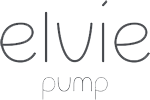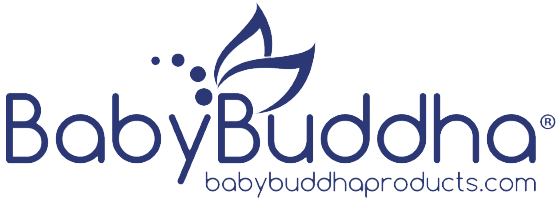Do You Need a Manual Breast Pump? Exploring Benefits and Considerations
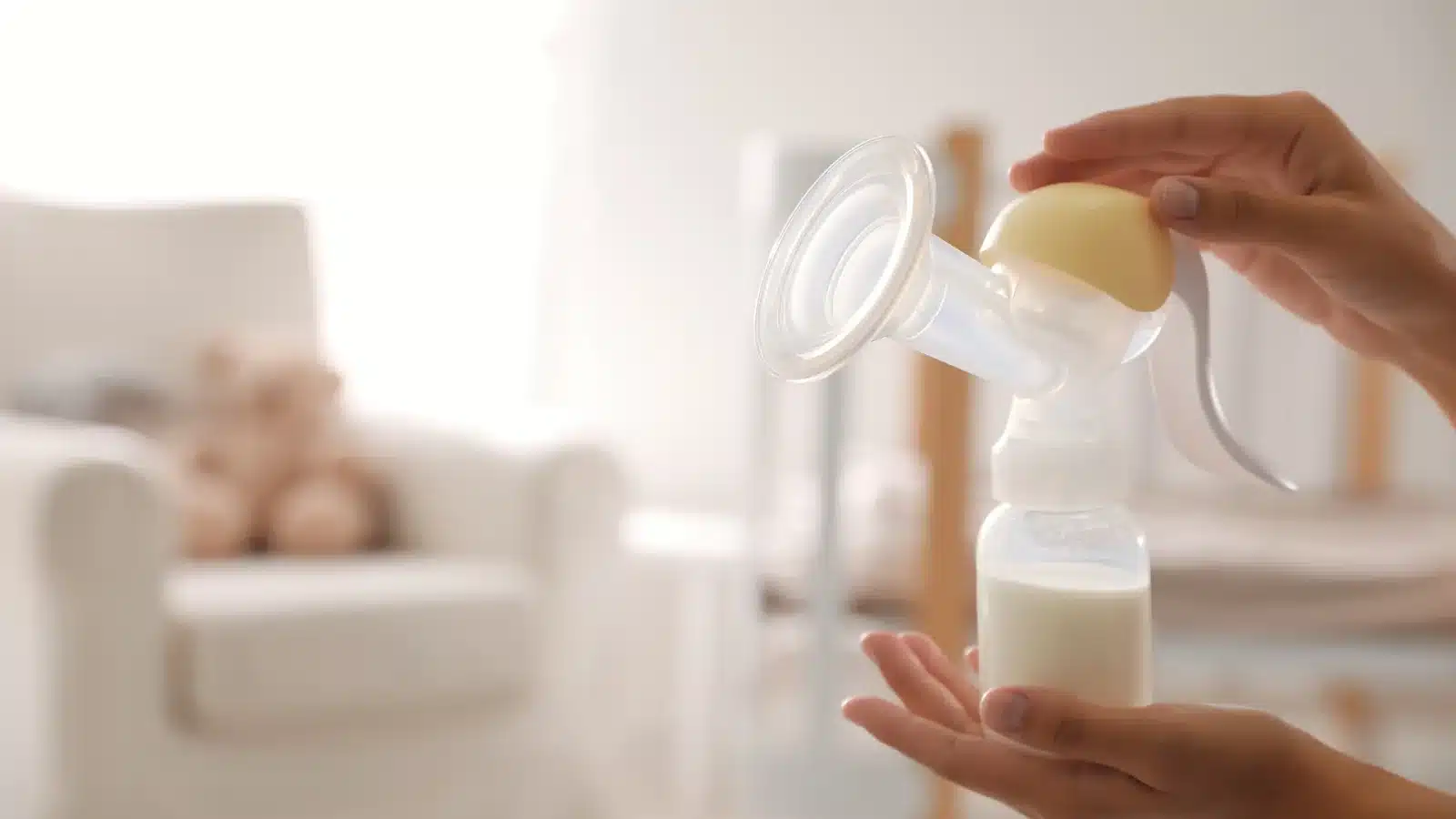
After months of carrying life inside you, it’s no surprise that your days now feel like a mix of awe, joy, and constant adjustment. But along with the cuddles and quiet moments, there are also the practical realities, like figuring out how to feed your baby when you’re apart or when breastfeeding feels tricky.
Some days, it might be simple: baby latches, milk flows, and all is well. Other days, you might need an extra hand, or in this case, a little tool, to help ease engorgement, store a bottle for later, or just give yourself a moment to breathe. There, a manual breast pump can step in.
In this guide, we’ll look at how it works, when it’s most helpful, and what to keep in mind before deciding if it’s the right fit for you.
Key Takeaways
- Manual breast pumps are best suited for occasional pumping, travel, and quiet, discreet use.
- They are affordable, portable, and give you full control over suction strength and speed.
- Ideal for moms who pump infrequently or need a backup option alongside breastfeeding.
- They require more physical effort and may take longer compared to electric pumps.
- With proper care and cleaning, manual pumps are safe and long-lasting.
What Is a Manual Breast Pump?
A manual breast pump is a hand-operated device that lets you express milk without electricity or batteries. You squeeze a handle or bulb to create suction, drawing milk into a bottle or container. Because it’s small, lightweight, and easy to assemble, many moms find it ideal for travel or occasional pumping sessions.
Now, if you’re wondering “do I need a manual breast pump?”, the answer really depends on your lifestyle, how often you pump, and what feels most comfortable for you. Let’s explore a few reasons why some moms find manual pumps the perfect fit.
Why Do You Need a Manual Breast Pump?
- Occasional Pumping Needs: Perfect for moms who don’t pump every day but still want the option when needed.
- Portability for Travel: Small, lightweight, and easy to carry in a bag for trips or outings.
- Quiet and Discreet Use: Allows you to pump in public or shared spaces without drawing attention.
- Budget-Friendly Option: More affordable compared to electric pumps, while still getting the job done.
- Backup for Emergencies: Handy to have if your electric pump isn’t available or there’s no power source.
- Control Over Suction: Lets you adjust pumping speed and pressure manually for comfort.
What Are the Parts of a Manual Breast Pump?
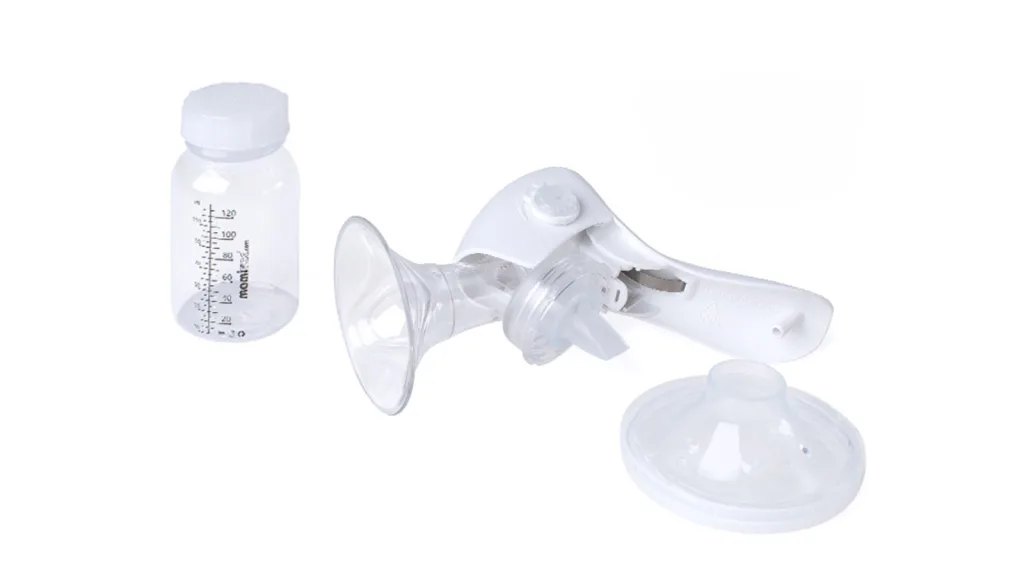
A manual breast pump is made up of just a few simple parts, but each plays an important role in making pumping effective and comfortable:
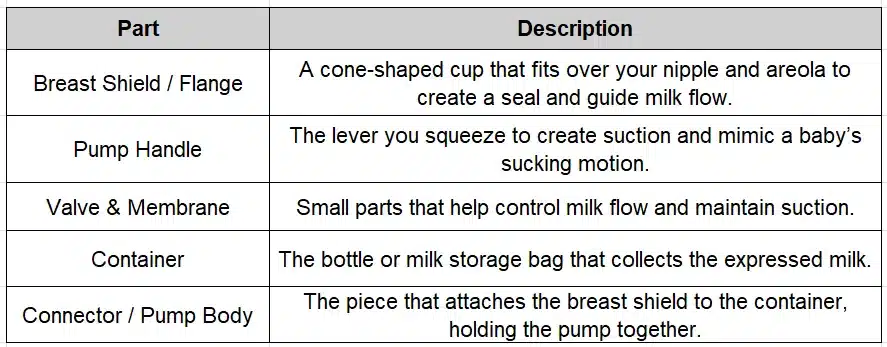
How to Use a Manual Breast Pump?
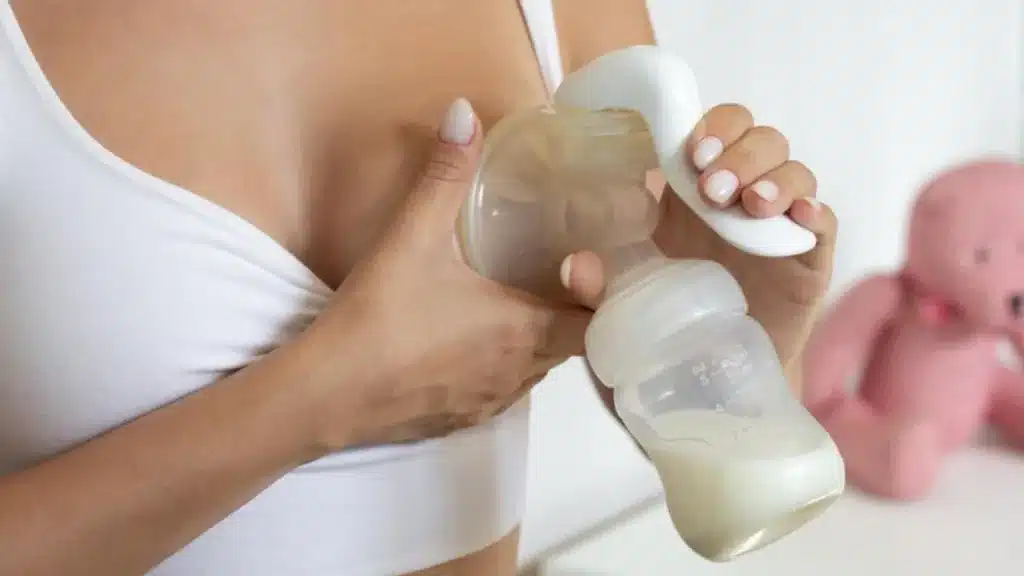
Using a manual breast pump can feel a little unfamiliar at first, but once you find your rhythm, it becomes second nature. Here’s a simple step-by-step guide:
- Prepare Your Breasts: Gently massage or apply a warm compress to encourage letdown before starting.
- Position the Breast Shield: Place the shield so your nipple sits comfortably in the center. It should move freely without rubbing against the sides.
- Get a Good Seal: Hold the shield firmly against your breast to create a gentle vacuum.
- Start Pumping: Use the handle to squeeze slowly at first, mimicking your baby’s natural suckling rhythm. Once milk begins to flow, you can settle into a steady pace that feels comfortable.
- Stay Relaxed: Sit somewhere comfortable, take deep breaths, and, if it helps, look at a photo or video of your baby to encourage milk flow.
- Adjust as Needed: Change your pumping speed or grip if you start to feel discomfort.
- Finish and Release: When you’re done, slide a finger between the breast shield and your skin to break the seal before removing it.
- Clean Thoroughly: Wash all parts that come into contact with milk after each use, following the manufacturer’s cleaning guidelines.
Tip: Every manual pump comes with its instructions; give them a quick read so you can make the most of your specific model.
Common Challenges with Manual Breast Pumps
While manual breast pumps can be incredibly useful, they do come with a few challenges to keep in mind:
- Hand Fatigue: Repeatedly squeezing the handle can tire your hand and wrist, especially during longer pumping sessions.
- Slower Milk Expression: Compared to electric pumps, it may take more time to express the same amount of milk.
- Lower Output for Some Moms: If suction or positioning isn’t just right, you might collect less milk.
- Learning Curve: Finding the right suction rhythm and position can take practice.
- One Breast at a Time: Most manual pumps only allow single pumping, which can be less efficient if you need to express quickly.
Pumping Alternatives: If a Manual Breast Pump Isn’t Right for You?

If a manual breast pump doesn’t quite meet your needs, here are other options you might consider:
- Electric Breast Pumps: Offer faster, hands-free pumping with adjustable suction and cycle settings. Ideal for frequent pumping or building a large milk supply.
- Wearable Breast Pumps: Compact and discreet, these fit inside your bra so you can pump while moving around. Great for multitasking.
- Haakaa or Silicone Milk Collectors: Passive suction devices that catch milk while you nurse on the opposite side, perfect for saving letdown milk without active pumping.
- Hospital-Grade Pumps: Designed for efficiency and comfort, often recommended for moms with low supply or those exclusively pumping.
Tip: Some moms use a combination, manual for quick sessions on the go, and electric for main pumping routines.
Explore Manual Pump Options Through Insurance
Choosing the right manual breast pump can feel like a personal decision, but checking if your insurance covers it shouldn’t be another hurdle.
With Insurance Covered Breast Pumps, you can quickly see if gentle, reliable manual options like the Medela Harmony or Lansinoh Manual Pump are available under your plan. Just answer a few simple questions, and you’ll know your coverage in minutes.
Final Thoughts
Deciding whether a manual breast pump is right for you comes down to one thing: what feels most supportive and practical in your day-to-day life.
Manual pumps offer quiet simplicity, portability, and a sense of control over your pumping pace. They can be a perfect fit for occasional use, travel, or as a gentle backup to your main pump. But if your routine calls for frequent sessions or time-saving efficiency, you might find an electric pump more practical.
The best pump is the one that works for you, comfortably, reliably, and without adding extra stress. And remember, you may be able to get the right pump at no cost through your insurance. A quick check with Insurance Covered Breast Pumps could help you explore your options with confidence.
No matter which path you choose, you’re already doing something incredible: nourishing your baby while taking care of yourself.
FAQs
1. How do I know if a manual breast pump is right for me?
A manual pump is a great choice if you pump occasionally, travel often, or want a quiet and portable option. If you need to pump several times a day, an electric pump may be more efficient.
2. Can a manual breast pump maintain my milk supply?
Yes, when used regularly and effectively, a manual pump can help maintain supply. However, for frequent pumping, an electric pump may help you express more milk in less time.
3. How long does it take to pump with a manual pump?
On average, it takes 15–30 minutes per session, depending on your letdown speed, milk flow, and comfort level.
4. Are manual breast pumps safe for my baby?
Yes, manual pumps are safe as long as you follow proper cleaning and sterilization guidelines after each use. Always ensure parts are BPA-free and in good condition.
5. Can I get a manual breast pump through insurance?
Many insurance plans cover manual breast pumps. You can check your eligibility easily through providers like Insurance Covered Breast Pumps to see available models at no cost.







